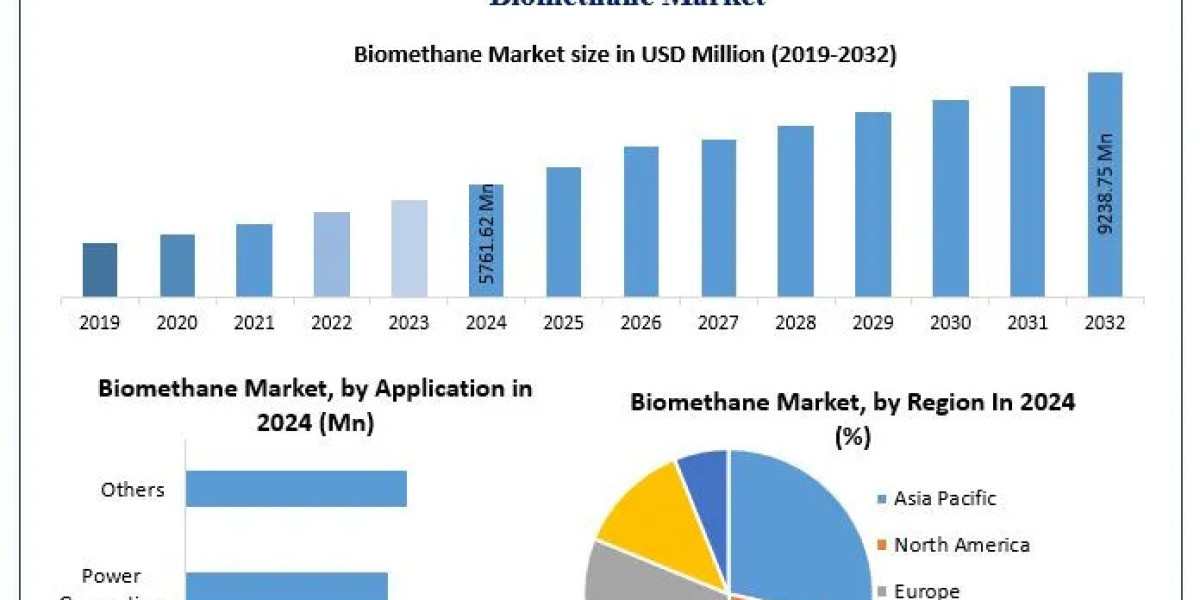In the ever-evolving world of custom apparel printing, two technologies dominate the landscape in 2025: DTF (Direct-to-Film) and DTG (Direct-to-Garment). Both offer unique benefits for printing high-quality designs on fabric, but choosing between them can be challenging—especially for new business owners or those looking to scale.
This comprehensive guide will help you compare DTF and DTG printing in terms of process, cost, fabric compatibility, quality, durability, and overall suitability for your business.
Understanding the Basics
What is DTF Printing?
DTF printing involves printing a design onto a special PET film using textile ink. The print is then coated with adhesive powder, cured, and finally transferred onto fabric using heat and pressure. The result is a vibrant and flexible design that bonds well with various materials.
What is DTG Printing?
DTG printers spray water-based inks directly onto garments. This process works similarly to how an inkjet printer works on paper. After printing, the fabric must be cured with heat to set the ink. DTG printing excels in producing detailed, high-resolution images on cotton garments.
1. Print Quality and Design Detail
Both technologies produce impressive prints, but the choice depends on your needs.
DTG printing delivers sharper detail, especially for photographic images and intricate designs.
DTF printing produces bold, vivid colors and maintains consistency across different fabric types, though ultra-fine detail may not be as crisp as DTG.
If your business focuses on intricate artwork or high-resolution images, DTG may have the edge. For bright, graphic-heavy prints, DTF performs beautifully.
2. Fabric Compatibility
This is where DTF printing clearly outshines DTG.
DTG works best on 100% cotton and struggles with synthetic blends.
DTF works on cotton, polyester, nylon, blends, leather, and more.
If your business plans to print on a wide variety of garments or materials, DTF is the more flexible option.
3. Production Speed and Workflow
Speed and efficiency are crucial, especially when fulfilling bulk orders or working with tight deadlines.
DTG printing requires pre-treatment of garments, especially for dark fabrics, which adds to the production time.
DTF printing eliminates pre-treatment, making the process faster and simpler.
DTF also allows you to prepare prints in advance and apply them later. This batch production model is ideal for on-demand or drop shipping businesses.
4. Durability and Washability
Customers expect prints that last. Here’s how each method holds up over time.
DTG prints are soft to the touch and blend seamlessly into the fabric but may fade or crack after repeated washes, especially if not cured properly.
DTF prints are more durable due to the adhesive powder. They resist cracking and fading, making them ideal for heavy-use garments.
In terms of long-term durability, DTF generally has the upper hand.
5. Startup and Maintenance Costs
Initial investment and ongoing maintenance are significant considerations for small businesses.
DTG machines tend to be more expensive and require regular maintenance to keep ink lines clear and operational.
DTF printers are generally more affordable and less prone to clogging or downtime.
If you’re just starting out or working on a limited budget, DTF may be the more accessible choice.
6. Eco-Friendliness and Waste Management
Environmental concerns are increasingly important in the apparel industry.
DTG printing uses water-based inks and generally has less waste, especially for single orders.
DTF printing creates some waste in the form of transfer film and powder, though the efficiency of the process can offset this for high-volume production.
If eco-friendliness is a major priority, DTG might be slightly more sustainable per print—but with careful planning, DTF can be operated responsibly.
7. Scalability and Business Model Fit
Choosing the right technology also depends on your business model.
DTG is great for small-batch, artistic prints, limited-edition collections, and e-commerce sites selling cotton tees.
DTF is perfect for scalability, bulk orders, custom merchandise, and multi-material product lines.
If you’re aiming for volume, product diversity, and speed, DTF printing is highly scalable and well-suited to growing businesses.
Final Verdict: Which One Is Right for You?
Choose DTF printing if:
You want to print on multiple fabric types.
You need a lower-cost, high-efficiency setup.
You focus on bold, vibrant graphics.
You offer on-demand or bulk production.
Choose DTG printing if:
Your designs are highly detailed or photo-realistic.
You mainly print on cotton garments.
You value eco-friendly printing and soft, blended prints.
You specialize in high-end or boutique t-shirt printing.
Conclusion
Both DTF and DTG printing have their strengths, and the right choice ultimately depends on your business goals, budget, and product line. In 2025, small apparel businesses are increasingly leaning toward DTF printers for their flexibility, cost-effectiveness, and fast production capabilities. However, for designers focusing on art-grade detail or premium cotton wearables, DTG still holds its place.
Before making a decision, assess your market, target audience, and production workflow. The right printer is the one that helps you meet customer expectations while supporting your business growth.








